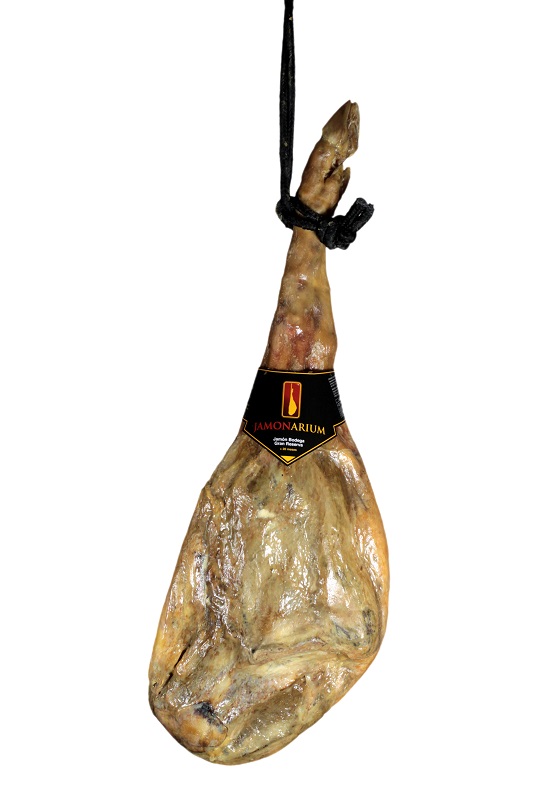Parts of the Iberian ham
If you are not a ham expert, you may not know where the sirloin comes from or what is its difference with an entrecôte. When we refer to animal anatomy, we must be aware of the different terms in order to know what we are eating.
It happens the same with iberian hams. It has different parts with its different specific characteristics. Did you know? Do you want to know more about them? We tell you more about them:
Parts of the whole ham:
- MAZA: The maza is in the ham and the shoulder and gives name to the most voluminous part of the piece. It is here where we can find the greatest amount of meat so it will be tastier and juicier. We will recognize it by its intense red meat color, which may become pink when mixed with the outer layer of fat.
- CONTRAMAZA: We place it in the opposite part of the contramaza. Here we will find fat infiltration, so it is a tasty part, although it is more cured than the maza.
- BABILLA: We can find it on the opposite side of the ham. This is the most cured part of the piece, because it has less fat. Its meat is of an intense red color. Those who know about ham recommend starting to slice it from this part if it is not going to be consumed in a short period of time.
- PUNTA or HIP: This part joins the leg and the body of the pig. Due to its characteristics, there is usually more fat than meat. When the pieces are hung by the hoof, gravity will cause the ham to exudate during its curing.
- JARRETE: This part is very fibrous, perfect to make in cubes.
- CODILLO or KNUCKLE: It is the highest part of the maza and it is where some people recommend to start slicing the ham.
- CAÑA: Its characteristics are very similar to the jarrete, also used for making ham cubes.
And these are all the parts of a ham! Would you know how to recognize them the next time you have an Iberian ham in front of you? Which one do you prefer?
 4,8/5
4,8/5 

 4,8/5
4,8/5
Comments : 0